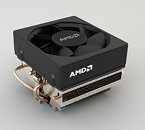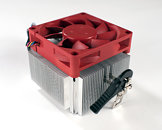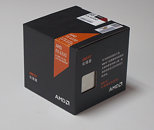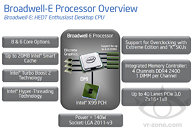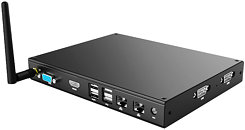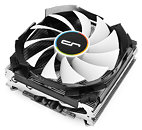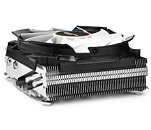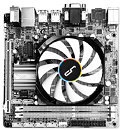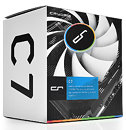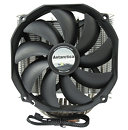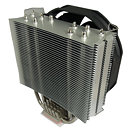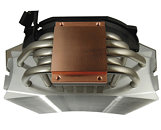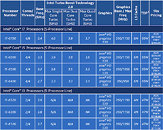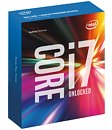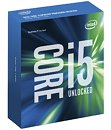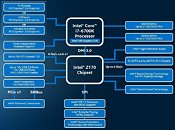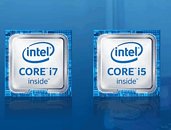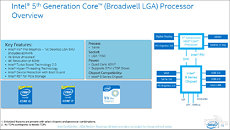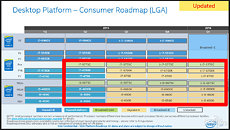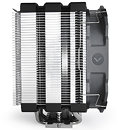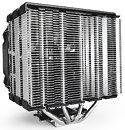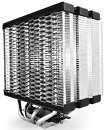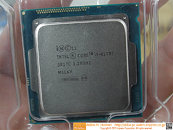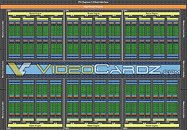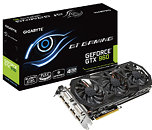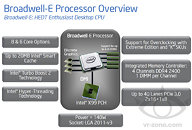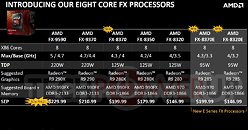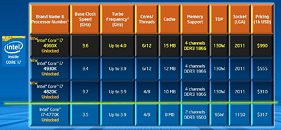
AMD Offers New Thermal Solutions and Processors for Near-Silent Performance
AMD today launched new thermal solutions, including the flagship AMD Wraith Cooler, as well as the new AMD A10-7860K and new AMD Athlon X4 845 desktop processors. Designed for the consumer who cares about how their desktop PC runs, sounds, and looks, AMD now offers new thermal solutions that generate less than one-tenth the noise of their predecessors -- running at a near-silent 39 decibels, about as quiet as a library.
The new AMD Wraith Cooler combines near-silent operation with unique styling via a sleek fan shroud and LED illumination. Providing superb cooling, the new design delivers 34 percent more airflow and 24 percent more surface area for heat dissipation than its predecessor.
The new AMD Wraith Cooler combines near-silent operation with unique styling via a sleek fan shroud and LED illumination. Providing superb cooling, the new design delivers 34 percent more airflow and 24 percent more surface area for heat dissipation than its predecessor.
